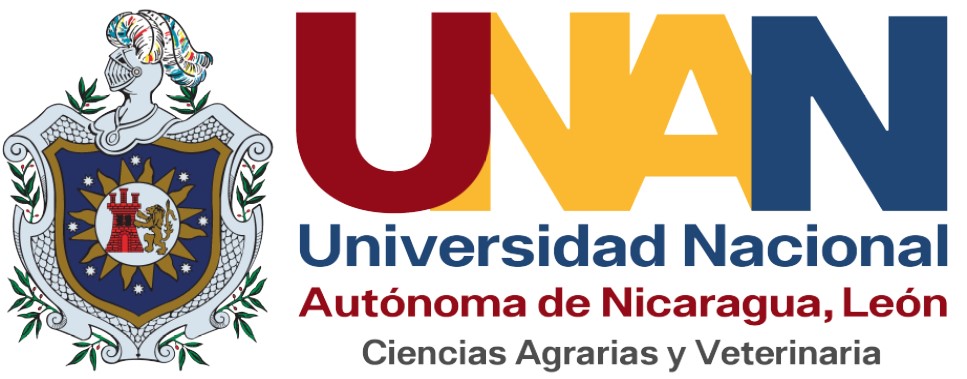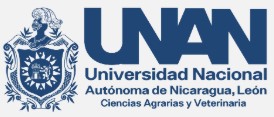Environmental services and hydrological resources management using the WEAP model. study cases in Latin America
DOI:
https://doi.org/10.5377/ribcc.v1i1.2142Keywords:
Bio-economy, Environmental Services, Payment for Environmental Services, hydrological resources management, WEAP hydrological modelAbstract
In the present work, have been identified the experiences of the Ibero-American countries that have applied the Bio-economy in the path of the Environmental Services (ES) on hydrologic regulation and water quality, as part of the hydrological resources management under the impacts of the climatic changes. It has been carried out the revision of documents and application cases of Payment for Environmental Services (PES) outlines in Latin America and Caribbean (ALC). Also, It has been incorporated the application of the hydrological model WEAP (Water Evaluation and Planning System) as a model for hydrological resources management. A revision of the cases of application of this hydrological model in ALC has also been made, that allows the estimation of the environmental services of water resource and its relationship with the land use and the climatic changes.
Downloads
Metrics
References
Centro de Cambio Global-Universidad Católica de Chile, Stockholm Environment
Institute. (2009). Guía Metodológica – Modelación Hidrológica y de Recursos
Hídricos con el Modelo WEAP. Desarrollada con contribuciones del PACC
(Proyecto de Adaptación al Cambio Climático a través de una efectiva
gobernabilidad del agua en Ecuador), Ministerio del Ambiente de Ecuador, y
PROMAS (Programa para el Manejo del Agua y del Suelo) de la Universidad de
Cuenca, Ecuador. Disponible en: http://www.weap21.org/index.asp?action=40
Encalada, G. R. (2006). Pago por Servicios Ambientales (PSA) del Recurso Hídrico
como una Alternativa de Conservación. Tesis de Maestría. Facultad
Latinoamericana de Ciencias Sociales – FLACSO, Quito – Ecuador. Disponible
en: http://flacsoandes.org/dspace/bitstream/10469/234/4/TFLACSO-01-
GLER.pdf y http://flacsoandes.org/dspace/bitstream/10469/234/3/TFLACSO-
-2006GLER.pdf
Escobar, M., Flores, F. L. and Clark, V. (2011). Energy-Water-Climate Planning for
Development Without Carbon in Latin America and the Caribbean. Stockholm
Environment Institute-U.S. Center. Disponible en: www.sei-us.org and www.sei-
international.org
FAO. (2004). Payment Schemes for Environmental Services in Watersheds - Sistemas
de Pago por Servicios Ambientales en Cuencas Hidrográficas. LAND AND
WATER DISCUSSION PAPER 3. Foro regional, 9-12 de junio de 2003, Arequipa,
Perú. ISSN 1729-0554. Roma, 2004. Disponible en:
http://www.fao.org/docrep/006/y5305b/y5305b00.htm
Hueting, R., Lucas Reijnders, Bart de Boer, Jan Lambooy, Huib Jansen (1998). "The
concept of environmental function and its valuation". Ecological Economics, 25(1),
-35. Disponible en:
http://dare.ubvu.vu.nl/bitstream/handle/1871/31916/111777.pdf?sequence=1
Logreira A. R. (2009). Metodologías técnicas en el ámbito biofísico para la
determinación y monitoreo de los servicios ambientales relacionados con
regulación hídrica y control de sedimento, y su relación con el uso del suelo.
Convenio de Asociación No. 116 de 2008. Ministerio de Ambiente, Vivienda y
Desarrollo Territorial (MAVDT) – Patrimonio Natural-Fondo para la Biodiversidad
y Áreas Protegidas, Republica de Colombia. Disponible en:
http://www.patrimonionatural.org.co/cargaarchivos/centroDoc/informe_regulaci%
C3%B3n-h%C3%ADdica.pdf
Moreno Díaz, A.; Renner, I. (Editores). (2007). Gestión Integral de Cuencas, La
experiencia del Proyecto Regional Cuencas Andinas. Centro Internacional de la Papa (CIP), Perú, ISBN: 978-92-9060-297-2, 2007. Disponible en: www.condesan.org/cuencasandinas
OCDE. (2006). Scoping document: The bioeconomy to 2030: Designing a policy
agenda, París, OCDE, 382-286l. Disponible en: http://www.oecd.org/futures/long-
termtechnologicalsocietalchallenges/42837897.pdf
Pavone, V. (2012). Ciencia, neoliberalismo y bioeconomía. Revista CTS, nº 20, vol. 7,
Abril de 2012 (pág. 145-161). Disponible en:
http://www.scielo.org.ar/pdf/cts/v7n20/v7n20a09.pdf
Trigo E.J., Henry G., Sanders J., Schurr U., Ingelbrecht I., Revel C., Santana C.,
Rocha P. (2013). Towards bioeconomy development in Latin America and the
Caribbean, Bioeconomy Working Paper No.2013-01. ALCUE KBBE. Disponible
alcue.org/bioeconomy/index.php?option=com_jdownloads&Itemid=156&view=fini
sh&cid=162&catid=11&lang=es
Downloads
Published
How to Cite
Issue
Section
Categories
License
Copyright (c) 2015 Revista Iberoamericana de Bioeconomía y Cambio Climático

This work is licensed under a Creative Commons Attribution-NonCommercial-ShareAlike 4.0 International License.
Copyright © 2025 Rev. iberoam. bioecon. climate change. National Autonomous University of Nicaragua León (UNAN-León), Knowledge Area of Agrarian and Veterinary Sciences / Specific Area of Agroecology and Agribusiness / Center for Research in Agrarian Sciencies. Academic Directorate. Research Department. Publication and scientific events Unit.












 EDITORIAL
EDITORIAL e-ISSN
e-ISSN


 COPYRIGHT
COPYRIGHT This work is licensed under a Licencia Internacional
This work is licensed under a Licencia Internacional 












